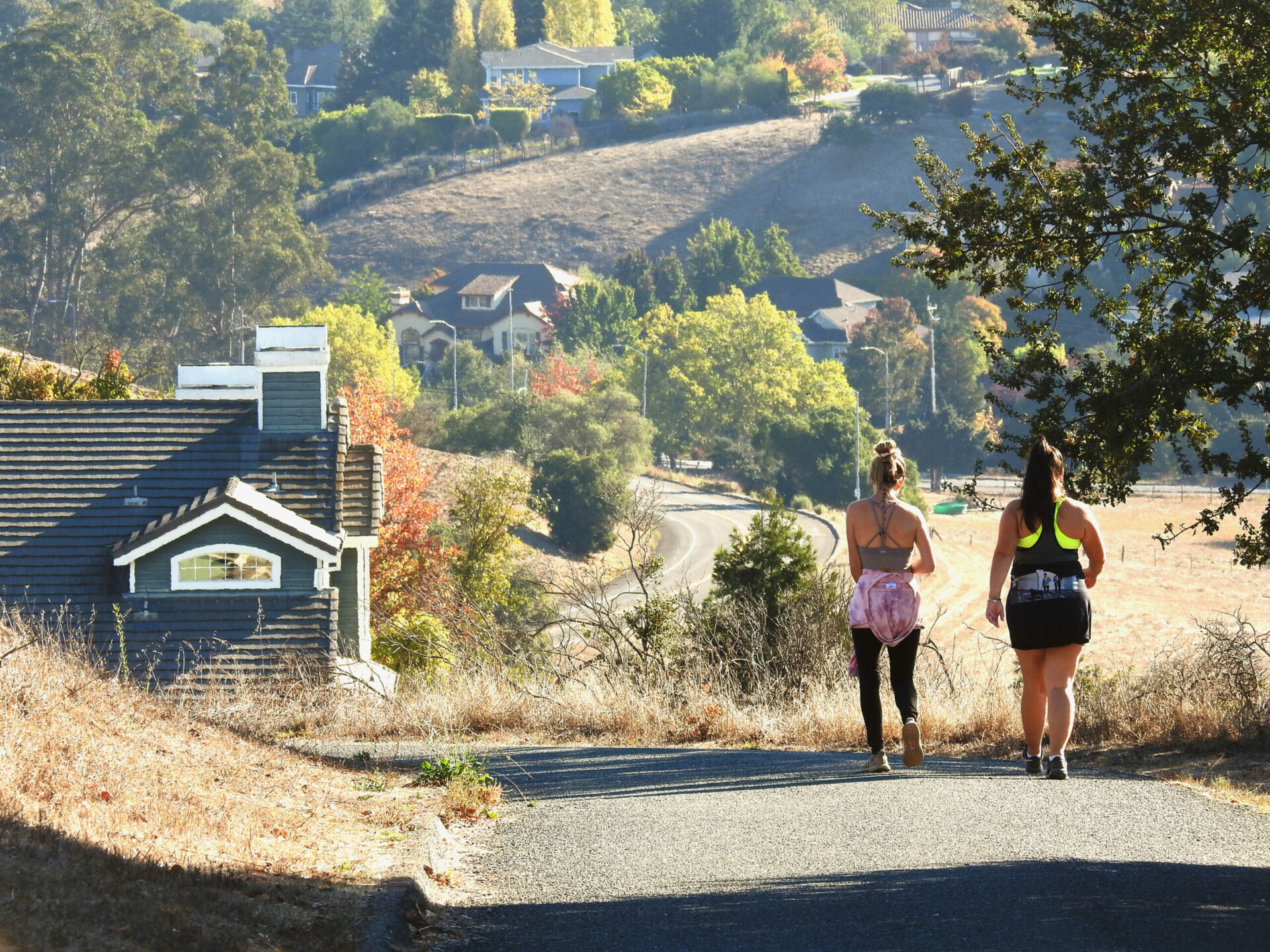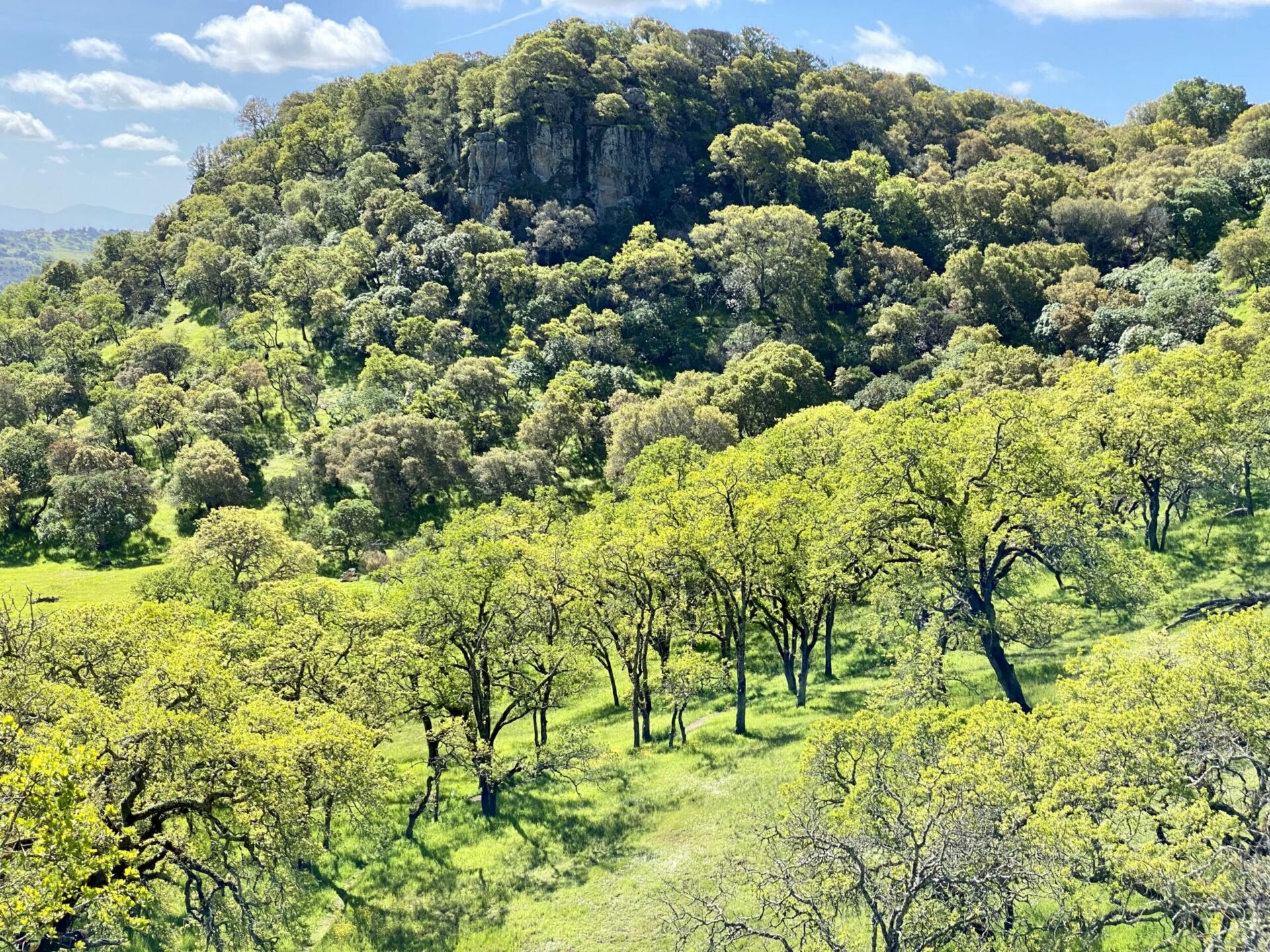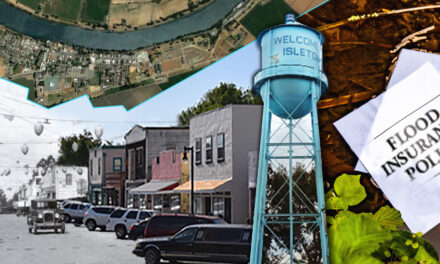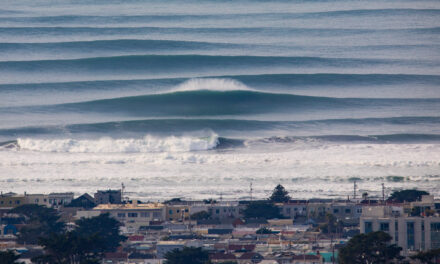Region Reconnoiters on 30×30 Aspirations
Keeping a third of California land unpaved might seem ambitious in a state where the car remains king, but even politicians are cozying up to the idea, at least in theory. Both Governor Newsom and President Biden have committed to the global 30×30 initiative, which aims to preserve 30% of the world’s land and water by 2030. “[The initiative] builds off of biologist E. O. Wilson’s call to conserve half of the Earth: 30% is an important milestone on the way to 50%,” Annie Burke, executive director of the Together Bay Area coalition, explains.
However, California’s proposed budget for 2023-2024 includes a 43%, $561 million cut to coastal resilience funding according to the Sierra Club, which could significantly hamper the state’s commitment to the 30×30 goals.
“It’s not 2030 yet, but we haven’t reached 30% yet either,” warns Burke. “Funding is really critical – we need to continue to make the case for climate resilience in the state budget and potential statewide law.”
To advocate for this funding, Together Bay Area – a regional coalition of over 70 nonprofits, public agencies, and Native American tribes – has collated around 117 projects that further the 30×30 milestones. From South Bay salt pond preservation to Sonoma lands restoration to new outdoor trails, these hyper-local projects aim to preserve the Bay’s unique micro-climates and mitigate the effects of climate change. The coalition hopes that their list provides a powerful model for what 30×30 entails in practice: a collective region-wide response to climate adaptation. “None of these projects are done in isolation,” Burke explains. “Public agencies work with nonprofits, and vice versa. They all end up being multi-benefit and multi-partnered.”
Parklands hosting rare blue oaks at the edge of Solano County sprawl. Photo: Robin Meadows.
Though implementing these projects would cost an estimated $700 million, it would also create 19,000 jobs, increase the economic value of California land, and foster resilience to climate change-related natural disasters. California wetlands, for example, function as sponges for sea level rise; coastal forests decrease wildfire risk; and both act as biodiversity hotspots for vital flora and fauna.
The Governor’s Office finalizes the California state budget in May, and the Bay Area coalition plans to keep fighting for climate resilience projects even in a period of relative austerity. Burke says, “I understand the need for a balanced budget, but we just don’t believe that this is where those cuts should happen. Without biodiversity, we as a species are in big trouble. Nature-based solutions pay off in the long run, because it doesn’t get cheaper to deal with these issues: they become more expensive.”
Burke isn’t daunted by the challenges. “A lot of people, a lot of money, and a lot of energy are going towards climate resilience. Depending on where you cast your eyes, you can see a lot of good.”
Other Recent Posts
Assistant Editor Job Announcement
Part time freelance job opening with Bay Area climate resilience magazine.
Training 18 New Community Leaders in a Resilience Hot Spot
A June 7 event minted 18 new community leaders now better-equipped to care for Suisun City and Fairfield through pollution, heat, smoke, and high water.
Mayor Pushes Suisun City To Do Better
Mayor Alma Hernandez has devoted herself to preparing her community for a warming world.
The Path to a Just Transition for Benicia’s Refinery Workers
As Valero prepares to shutter its Benicia oil refinery, 400 jobs hang in the balance. Can California ensure a just transition for fossil fuel workers?
Ecologist Finds Art in Restoring Levees
In Sacramento, an artist-ecologist brings California’s native species to life – through art, and through fish-friendly levee restoration.
New Metrics on Hybrid Gray-Green Levees
UC Santa Cruz research project investigates how horizontal “living levees” can cut flood risk.
Community Editor Job Announcement
Part time freelance job opening with Bay Area climate resilience magazine.
Being Bike-Friendly is Gateway to Climate Advocacy
Four Bay Area cyclists push for better city infrastructure.
Can Colgan Creek Do It All? Santa Rosa Reimagines Flood Control
A restoration project blends old-school flood control with modern green infrastructure. Is this how California can manage runoff from future megastorms?
San Francisco Youth Explore Flood Risk on Home Turf
At the Shoreline Leadership Academy, high school students learn about sea level rise through hands-on tours and community projects.











